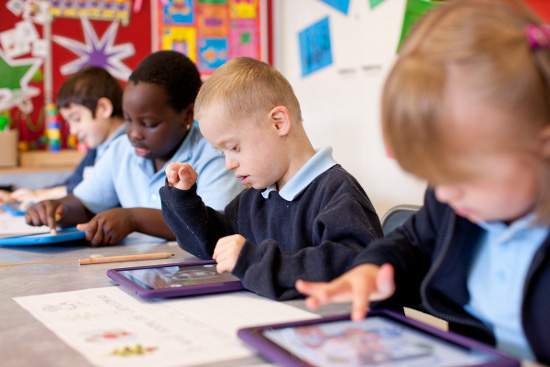Focus Question #4: How can teachers evaluate and assess their students?
There are several ways teachers can evaluate and assess their students here are a few
- Teachers use test and performance assessments to measure the knowledge of students before, during and after teaching lessons.
- Technology offers multiple ways to conduct test and performance assessments, both as part of traditional measures such as tests and quizzes and in supporting performance measures such as portfolios, exhibitions, and student writing.
- Performance evaluation is based on assessing how students perform when they are asked to complete a specific task or assignment.
Is a very accessible tool not only for the instructor, but for the student as well. It is an online tool that helps the teacher create rubrics to evaluate their students. It has six areas to asses multimedia, products, experiments, oral projects, research and writing, and work skills. Rating scales can either be numbers or descriptive such as excellent or needs improvement. Students and their parents can gain more concrete feedback on what areas they are excelling in and what areas need improving.
* http://rubistar.4teachers.org/

*Photo credit
http://www.webanywhere.co.uk/blog/2011/09/primary-school-e-safety/
Summary and Connection Developing Lessons with Technology
This chapter was insightful because, in today's world technology is ever growing, especially in education. Assessments were a major part of my education growing up, and I believe that is a tradition that should continue to be used. A type of assessment I would like to explore in helping students to learn are journals. Because I write a lot and I feel if the student can write down and share their thoughts and look back on how much they've improved, its very motivating. Though these assessments may be good for some and confusing for others, I truly believe that is where your capabilities to be a teacher kicks in, to be able to help the student.
Resources:
Maloy, R. W., Verock-O, R. E., Edwards, S. A., & Woolf, B. P. (2011). Transforming Learning with New Technologies. New York, NY; Allyn & Bacon.


